Protecting What Matters Most: Your Family and Home
Disasters can strike without warning, but being prepared can make all the difference. UConn Extension, through the Extension Disaster Education Network (EDEN), is committed to helping individuals and families build resilience before, during, and after emergencies.
From severe weather and power outages to public health threats and home safety, we offer practical, science-based guidance to help you safeguard your loved ones, property, and well-being. Our resources are designed to empower households across Connecticut to plan ahead, stay informed, and recover more quickly when challenges arise.
Explore our tools, checklists, and tips to make your home and family more disaster-ready—because preparedness starts at home, or contact one of our team members for more information.

Managing Water Use at Home During Drought in Connecticut
Despite the fact that we get about 48 inches of precipitation annually, we still can experience periods that are classified as drought. There are recommendations for residential water users to prepare for drought conditions, especially for those using private wells.
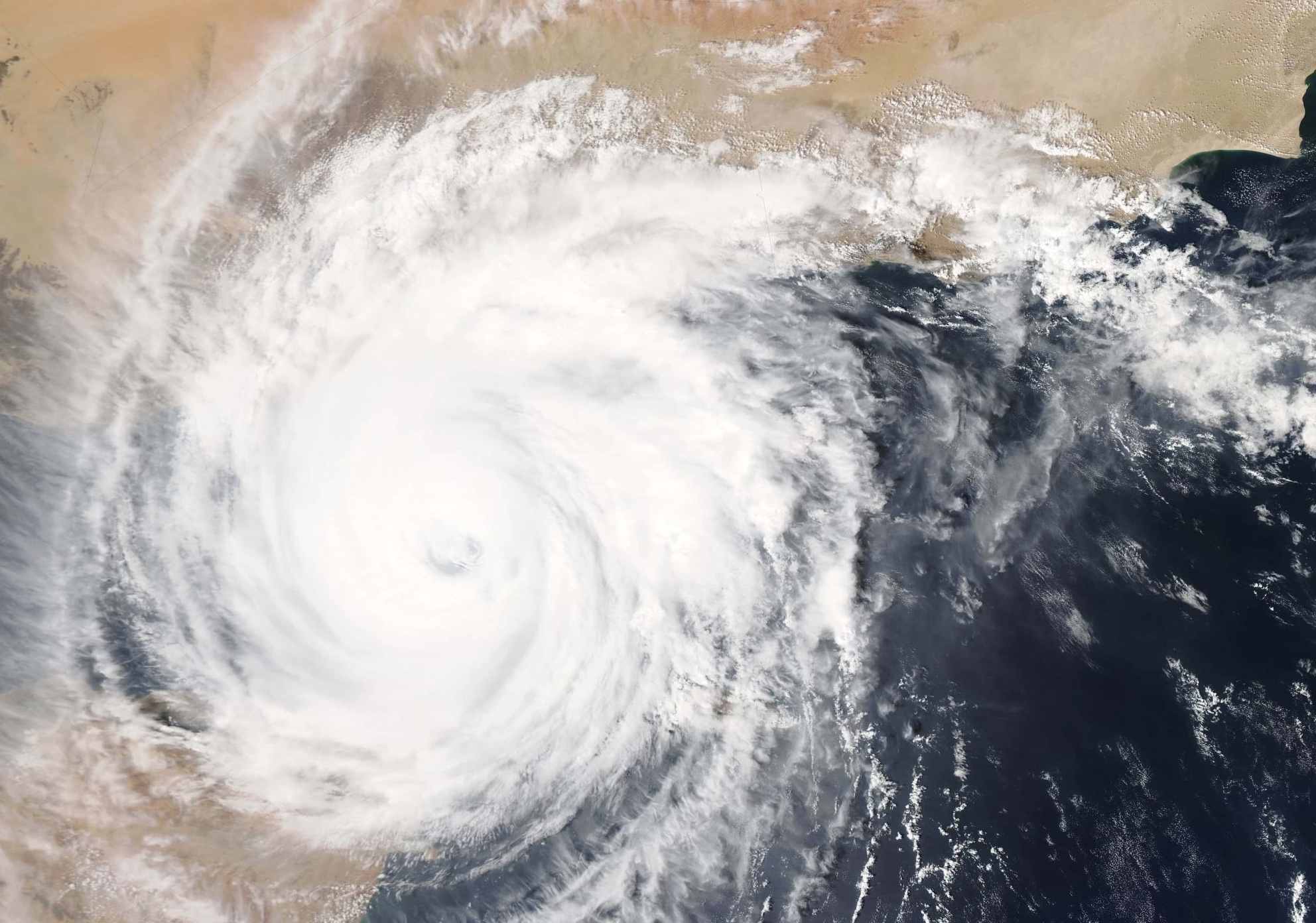
Low-Cost Emergency Supply Kit
Emergency and weather-related events can lead to everything from power outages to evacuation, and preparing ahead of time can help reduce stress. Gathering supplies beforehand also ensures collecting the potentially wide range of needs of various household members. Although pre-assembled emergency supply kits are commercially available to purchase, a supply kit tailored to specific needs can be assembled
Low-Cost Emergency Supply Kit Fact Sheet
En Espanol

Children and Severe Weather
Severe weather can strike at any time. Prepare in advance so you and your children are safe, confident, and ready. Younger and older children rely on adults to provide information and guidance. Have you discussed with them what to do if severe weather strikes?
Children and Severe Weather: Prepare Children in Advance Fact Sheet

Cleaning and Removing Mold in the Home
Mold grows in homes after flooding or other water damage, the spores quickly multiply in wet, damp, or humid conditions. It's important to clean the mold out of your home though, because it can negatively impact health.

Brush Fires in Connecticut: Be Aware, Be Prepared
In many parts of Connecticut stretches of warm, breezy weather with little rainfall can be the norm. While these conditions may seem typical and easy to take for granted in daily routines, they can become especially concerning during the spring season (before leaves have fully emerged), as well as during the autumn months (as dry leaves fall and accumulate). Drying leaves create a blanket of combustible material across landscapes. The combination of dry fuels and windy conditions increases the risk of forest and brush fires in both rural and suburban areas. Similar dry conditions are uncommon but possible during other months and can also lead to brush fires.

Connecticut Institute of Water Resources
The Connecticut Institute of Water Resources (CTIWR) at UConn provides resources to help homeowners and municipalities prepare for and respond to water-related emergencies. Through tools like drought monitoring, streamflow tracking, and well water testing workshops, CTIWR equips communities with the knowledge to make informed decisions about water use, safety, and conservation. Their outreach includes fact sheets, training, and guidance designed to reduce risks and build resilience to climate-related events such as flooding and drought.
Visit the Connecticut Institute of Water Resources website for more information.
Home Preparation

Be Prepared for when Power Goes Out
Power outages can occur at any time. Some are short-term and may last for a few hours. Others can last for several days to a week or more. Can you recall how you and your family were affected the last time this happened? Start preparing now so you can be safe and more comfortable when the power goes out.
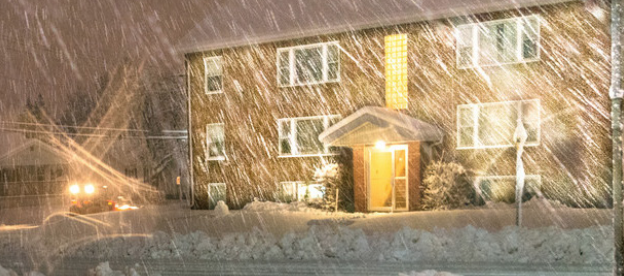
Prepare in Advance for Storms
During the winter, see what conditions are forecast in your area for the upcoming week. If a winter storm is predicted, you want to be SAFE and WARM. Take actions to prepare in advance. Winter weather may include extreme cold, snow, blizzards, ice, freezing rain, high winds, flooding or thunder and lightning. Pay attention to the wind chill on weather forecasts, it makes you feel colder than the actual temperature.
Storm Preparedness Series: Winter Storm Preparedness Fact Sheet
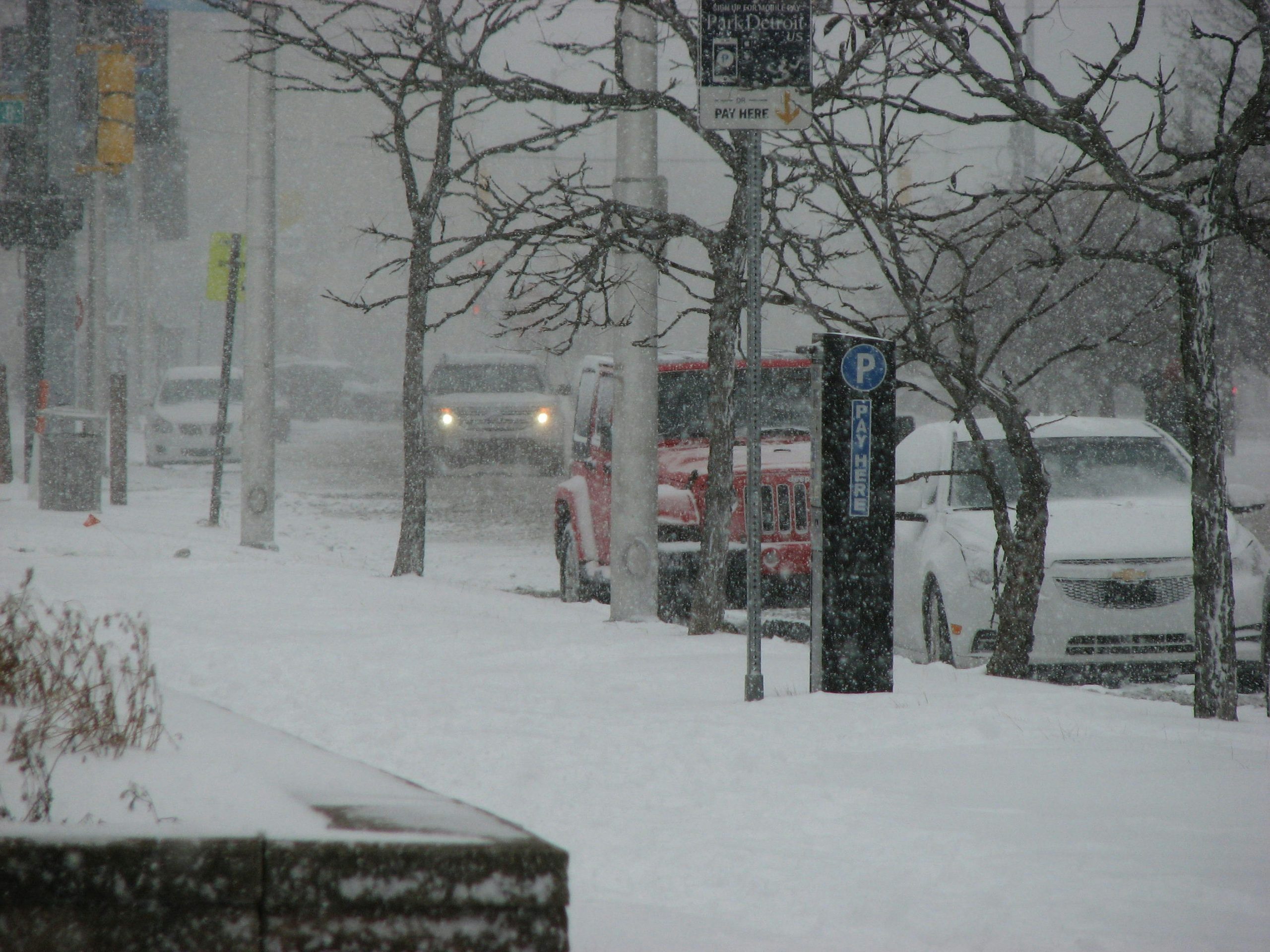
Winter Storm Preparedness
During the winter, see what conditions are forecast in your area for the upcoming week. If a winter storm is predicted, you want to be safe and warm. Take actions to prepare in advance.
Food Safety

Pre-Storm Emergency Food Supply List
Power outages from wind and rain storms, ice and snow storms will make life interesting. It can take days or even weeks to get the power restored after an outage. Plan and prepare before a storm hits.
Storm Preparedness Series: Pre-Storm To Do List: Your Emergency Food Supply Fact Sheet
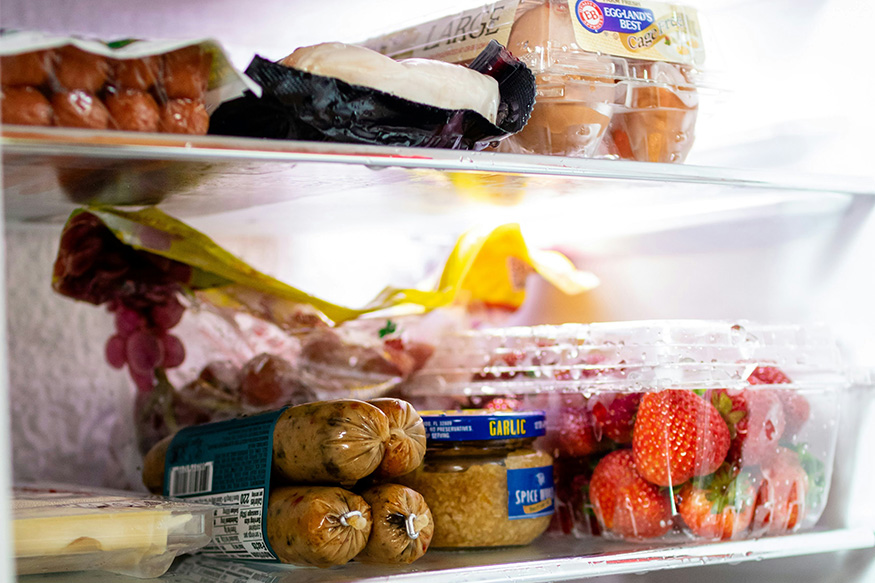
Food Safety During a Power Outage
It is important to keep the doors closed on your refrigerators/freezers as much as possible, keeping the cold air inside. Keep track of the temperature in your refrigerator and freezer. If refrigerator or freezer temperatures reach 41°F or above for more than two hours, you must make decisions about keeping the food. Learn more, read our fact sheets.
Storm Preparedness Series: Food Safety During a Power Outage Fact Sheet
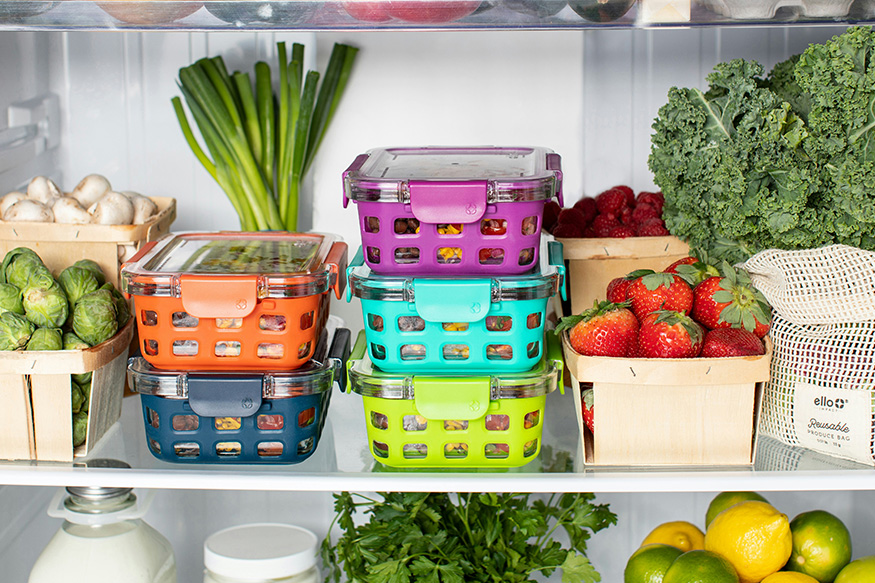
Food Safety: Cleaning Refrigerators and Freezers
If your house (and food supply) was damaged by flooding, even non-perishable foods can present a food safety problem. Do not eat any food that may have come into contact with flood water, particularly those that are packed in plastic, paper, cardboard, cloth, or similar containers.
Storm Preparedness Series: When the Power Goes Back On Fact Sheet
Financial Preparation

Financial Preparation for Severe Storms
There are several actions you can take to get your family and home ready for storms and other emergencies. What can you do to prepare financially.
Financial Preparation for Severe Storms and Other Emergencies

Important Family and Financial Records
By gathering important information now, you can make it much easier for family members and yourself to recover from an emergency or disaster situation. For example, in the event of a severe storm, it might be necessary to quickly evacuate your home. There may not be the time enough to collect all your important information likely to be needed to help you recover as quickly as possible. Also, trying to locate records following a natural disaster or an emergency can be more difficult to accomplish and add more stress to a challenging situation.
Storm Preparedness Series: My Important Family and Household Records Fact Sheet

Your Home Inventory
A home inventory is a tool you can use to document your ownership of personal property. Over the years, families and households can collect a variety of possessions. They may accumulate clothing, jewelry, electronics, furnishings, collectibles, workshop tools, hobby supplies, sports equipment and other items. Imagine the challenge it could be to document your ownership of valuable possessions following fire, theft, or a disaster. In addition to the physical loss of property, people sometimes find it can be emotionally devastating and very stressful. It may be difficult to recall all the items you might hope to replace.
External Resources
- Children and emergency preparedness
- Community storm preparedness and resilience
- Disasters and financial planning: a guide for preparedness
- Emergency communications
- Family emergency medical preparedness
- Family disaster and emergency preparedness
- Family members safety
- Financial Readiness: as critical as fully charged batteries
- Real-time emergency information
- Restoring homes after disaster
- Urban search and rescue